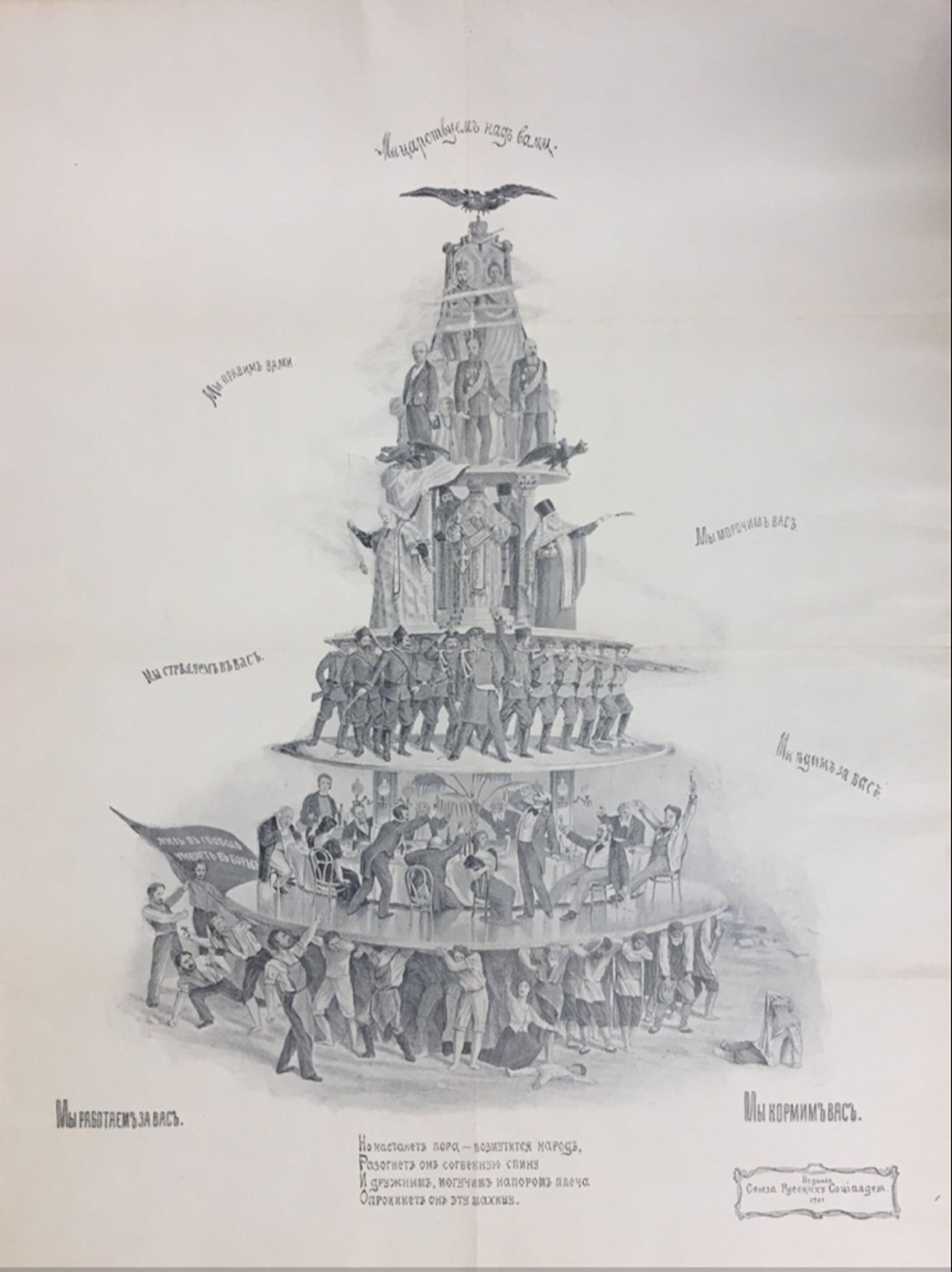Cold Case No. 2. Heritage, History and the Archive: Photography’s Mausoleum
It is undeniable that, in celebrating the pleasure of the here-and-now and the latest thing, consumerist society is continually endeavouring to make collective memory wither away, to accelerate the loss of continuity and the abolition of any repetition of the ancestral. The fact remains that, far from being locked up in a self-enclosed present, our age is the scene of a frenzy of commemorative activities based upon heritage and the growth in national and regional ethnic and religious identities.
– Gilles Lipovetsky, Hypermodern Times (2005)


Cold Case No. 2



The quiet departmental backwaters of analogue photographic collections and archives were irrevocably and steadily breached with the advent of digitised information storage from the 1980s, throwing serious doubt upon the systems of classification, accepted photographic taxonomies and the archival and curatorial practices associated with archives and collections. Besides the disruption and, in some cases, damage sustained by the analogue print in early attempts at scanning images, the equipment quickly became obsolete as technologies improved and file sizes changed as storage expanded in an environment without agreed protocols and standards. In the first period of digitisation there was a complete lack of understanding that the materiality of the digital data needed to be preserved itself. A report for the European Commission’s Comité des Sages on the ‘The Cost of Digitising Europe’s Cultural Heritage’, prepared by Nick Poole in 2010, found that European museums alone house 350 million analogue photographs suitable for digitisation, and that among the approximately 30 million individual photographs held in national libraries some 4 per cent had been digitised at the time of the report in 2015.
Heritage Is Not History

Digitisation of the Photograph
The Digital Remembrance of Photography
